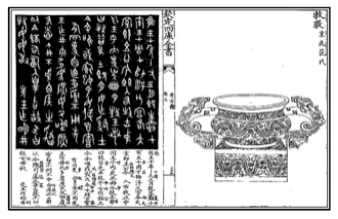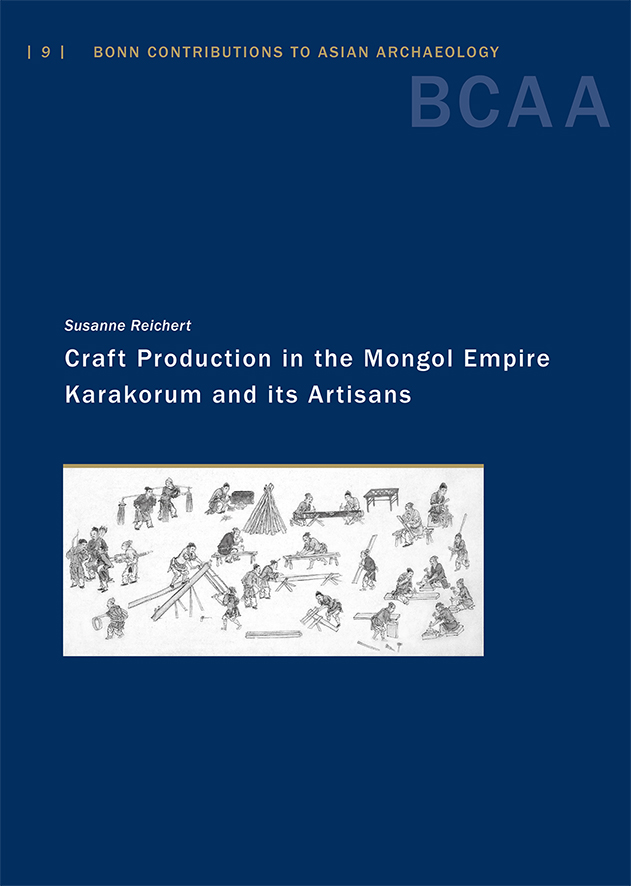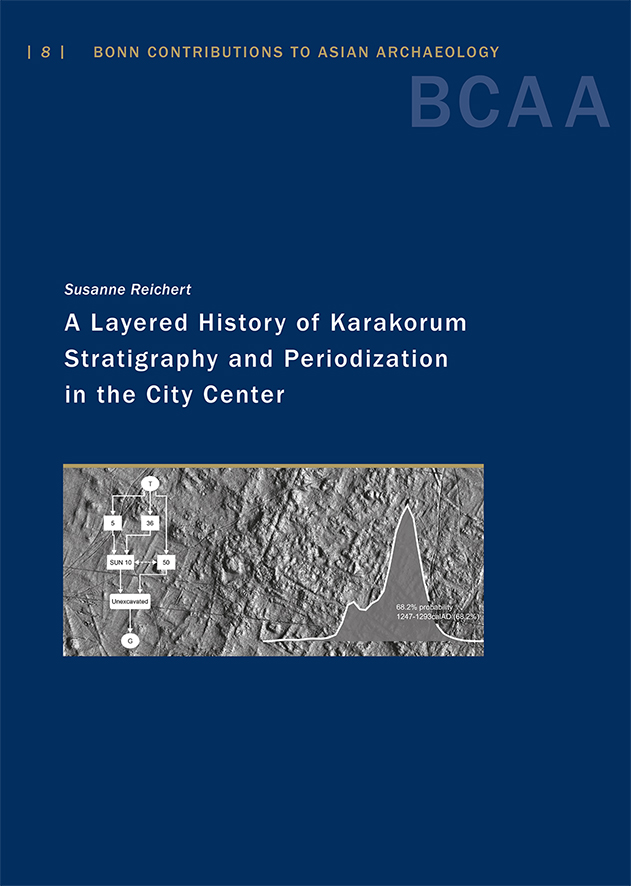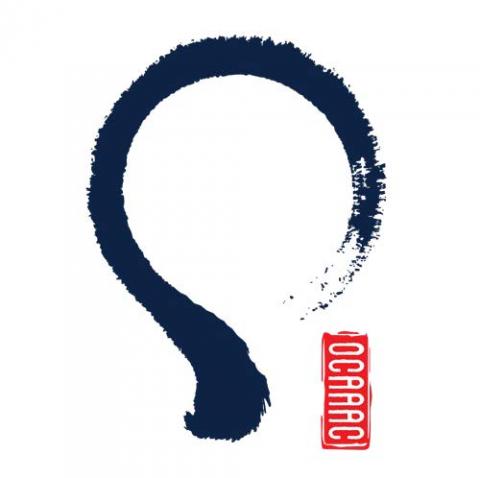SEAA News Blog
New fieldwork or research discoveries? Upcoming conference or workshop? New job opening or fellowship posting? New book?
Share the latest news of your work with your colleagues, advertise for job or fellowship openings, find participants for your conference session and more on the SEAA blog.
Guidelines: All posts should be related in some way to East Asian Archaeology. When writing your post, please use capital letters for surnames. Original script (Chinese, Korean, Japanese) for East Asian place names, personal names, or archaeological terms is encouraged. For the transcription of East Asian language terms, Pinyin for Chinese, Hepburn for Japanese, and the Korean Government System (2000) for Korean is encouraged.
Contributions should be limited to around 500 words and 1-2 images. For longer descriptions of your projects, you may consider the Reports section of the Bulletin (BSEAA).
Members can submit their news posts to the SEAA web editor via the website (see SEAA Members' Area for details and instructions on blog submissions) or via email. Non-member contributions are also welcome and may be submitted via email to the SEAA web editor.
The editor(s) reserves the right to carry out minor editing, or to decline contributions inappropriate to the objectives of SEAA.
Assistant Professor in Museums and Heritage
Department of Archaeology, Durhan University
Full Time
Permanent
£33,797 - £49,553 per annum
Application Deadline: 7:59:00 PM on March 26, 2021
Understanding Authenticity in China’s Cultural Heritage
Conference at the University of Oxford, 16-20 March, 2021
Organized by Christopher Foster and Anke Hein
Contact: understandingauthenticity@gmail.com
What we deem to be genuine or fake is not an objective determination, but something that we agree upon as communities. Debates about authenticity, moreover, are often intimately bound to question who owns the past and its representation. The “Understanding Authenticity in China’s Cultural Heritage” conference this March will explore these issues and more. From contesting narratives about the mother trees of Big Red Robe tea, to the restoration of Qin terracotta soldiers; from the experience of visiting a replica Eiffel Tower in Hangzhou, to US-China diplomatic tensions over "originality" and "shanzhai 山寨 (imitation)” – "Understanding Authenticity in China's Cultural Heritage” brings together specialists from a broad range of fields and backgrounds, to explore how questions about “authenticity” impact their work on objects, texts, and intangible cultural heritage in China.
Please join us online March 16th- 20st, 2021, for a discussion on the construction of “authenticity,” both historically and today, in relation to China’s cultural heritage. Registration is free, attendance is open to all, via submission of a short survey at the following link: https://www.surveymonkey.com/r/X8T7T2C
Research Assistant Position: Beijing Branch of the German Archaeological Institute (DAI)
Applications accepted in English for English speakers, however the advertisement has only been posted in German as follows:
Stellenausschreibung
An der Eurasien-Abteilung, Außenstelle Peking des Deutschen Archäologischen Instituts (DAI) ist zum nächstmöglichen Zeitpunkt die Stelle
eines wissenschaftlichen Mitarbeiters (m/w/d)
(Kennziffer: 81/2020)
The Hebrew University of Jerusalem and the University of Haifa
The Asian Sphere: Trans-Cultural Flows Program
An Inter-University and Interdisciplinary Graduate Program
Call for Enrollment of Doctoral Students (2021-22)
The Asian Sphere offers a unique opportunity for outstanding candidates at the PhD level to enroll in an international multidisciplinary inter-university graduate program focusing on the Asian continent.
The Asian Sphere is a joint Israeli program of the Hebrew University and the University of Haifa funded by the Humanities Fund of the Council for Higher Education in Israel and Yad Hanadiv. It is a structured graduate program of excellence that focuses on various aspects of the entire Asian continent as a continuous civilizational zone. It addresses cross-regional contacts and processes among Asian societies, cultures and states, as well as between Asia and other continents throughout history until present time. The program’s courses are taught in English.
Apart from a dynamic and exceptional environment of learning and research, the program offers scholarships for outstanding graduate students. The scholarships for PhD students are of the amount of 60,000 NIS per year for three years.
The Asian Sphere accepts students from different disciplines in the humanities and social sciences, including Asian Studies, Islamic and Middle Eastern Studies, Archaeology, Geography Political Science, International Relations, Cultural Studies, History, Art History, Religious Studies, Philosophy, Anthropology, Sociology, Economics, Media Studies, Gender Studies, and Environmental Studies,. Research topics are open and can deal with past or current societies. The core of the Asian Sphere teaching activity revolves around advanced seminars on trans-regional, trans-continental and trans-cultural themes, mostly taught by two or more internationally renowned scholars. In addition, students who are accepted to the program will participate in a yearly academic retreat, research trips in Israel and abroad, academic conferences and other activities.
For further information, visit our web site: http://asian-sphere.huji.ac.il/
The Oxford Centre for Asian Archaeology, Art, and Culture presents the following speakers as part of its Euarsian Archaeology Seminar Series from January 18 to March 8, 2021. Talks are open to everyone via MS Teams. The links to the talks is available via the following: https://seaa-web.org/sites/default/files/eurasian_archaeology_seminar_series_ht2021.pdf
Oxford University and SOAS will jointly organize Understanding Authenticity in China’s Cultural Heritage Seminar Series via Zoom from January 27 to February 24, 2021. To receive the links for the talks, please register by sending an email to Drs Chris Foster & Anke Hein at: understandingauthenticity@gmail.com






